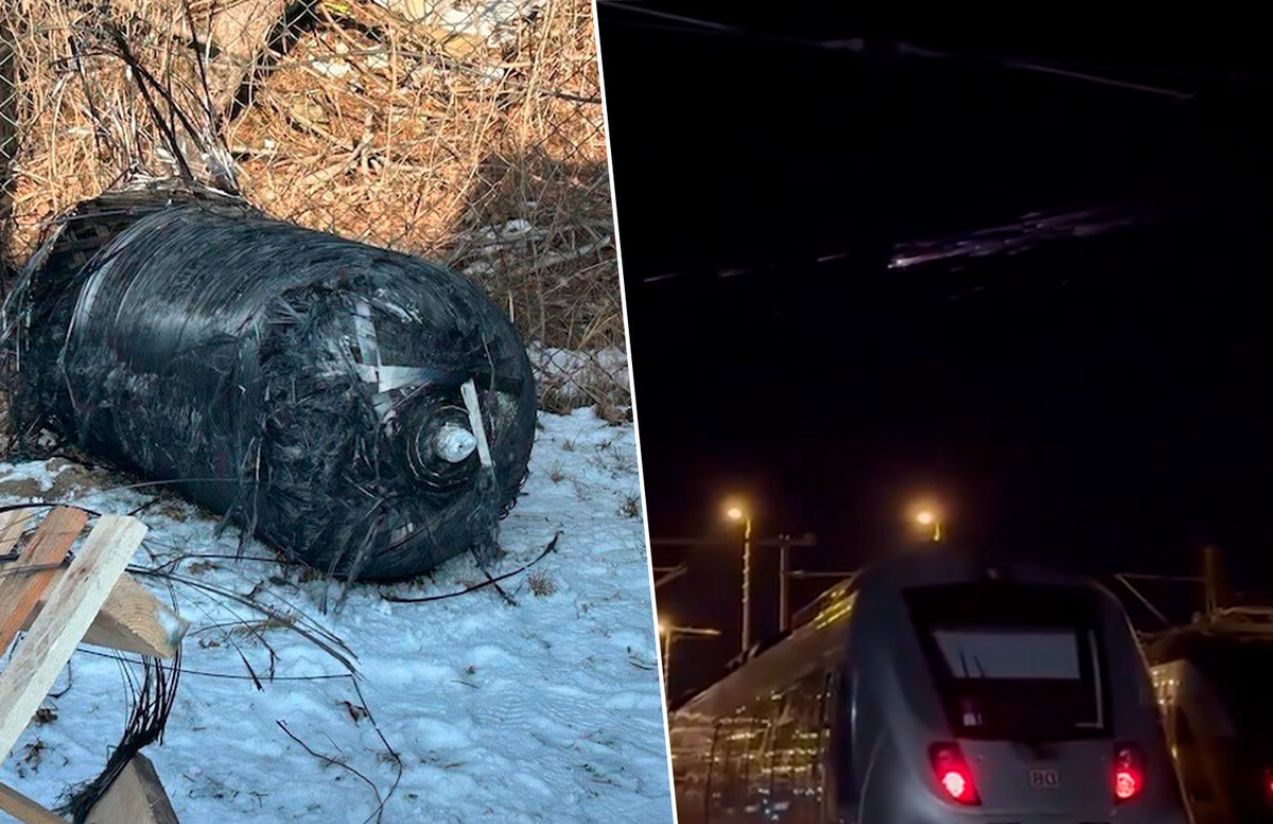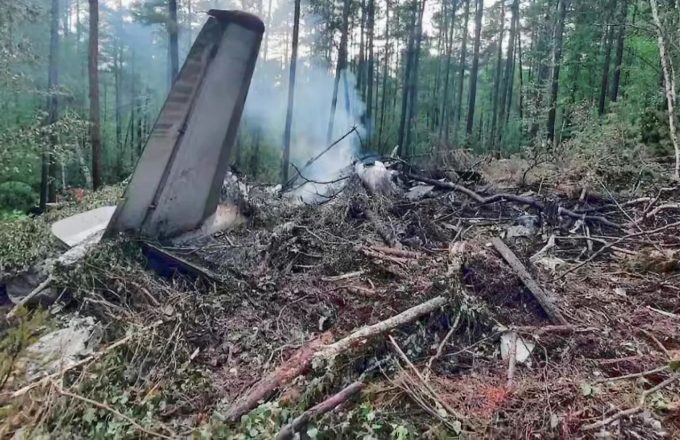The second stage of a Falcon 9 rocket from SpaceX re-entered uncontrolled over Europe last night, lighting up the sky in several Central European countries as it burned up in the atmosphere. However, not all of the rocket disintegrated. This morning, a tank was found in Poland.
Nighttime spectacle
From Germany, Denmark, the Netherlands, and Poland, hundreds of people witnessed the event. It was not even 5 a.m., yet videos of the burning metal debris dramatically streaking across the night sky over Europe began circulating on social media.
Atmospheric re-entries have become increasingly common due to frequent Starlink satellite re-entries. However, this time, it was not a satellite but something much larger: the second stage of a Falcon 9 rocket, measuring 13.8 meters in length and 3.66 meters in diameter.
A tank fell in Poland
It is unusual for a SpaceX rocket to re-enter uncontrolled, and even rarer for it to do so over a densely populated area like Europe. However, part of the debris survived and landed just outside Poznań, a city of half a million residents in western Poland.
At 9:20 a.m., an employee at an industrial plant alerted the police after seeing an object that had “fallen from the sky” onto the premises. The object was a carbon fiber-reinforced pressure tank (COPV), similar to one that appeared on a farm in Washington in 2021.
Back then, it was confirmed to be a helium tank from the second stage of a Falcon 9 rocket. The object, measuring 1.5 meters in length, is designed to withstand 400 bars of pressure and extreme conditions, including re-entry. In Washington, the impact left a 10-centimeter crater, demonstrating the speed at which it re-entered the atmosphere.
It was a rocket failure
SpaceX is the world’s leading rocket launch provider, with a pace of two to three launches per week. Does this mean we should be worried? Not necessarily. Most rockets (with some notable exceptions, like those from China) perform a deorbit maneuver with their second stage, using leftover fuel to ensure a safe re-entry over the ocean.
In this case, the debris that fell over Europe resulted from a technical failure during the Starlink 11-4 mission. The second stage’s engine failed to reignite for its deorbit maneuver on February 2, leaving the rocket in an uncontrolled orbit until it eventually entered the atmosphere naturally due to gravity.
The re-entry occurred on February 19 at 3:43 UTC, following a trajectory that extended into Ukraine, aligning with the debris found in Poland.




















